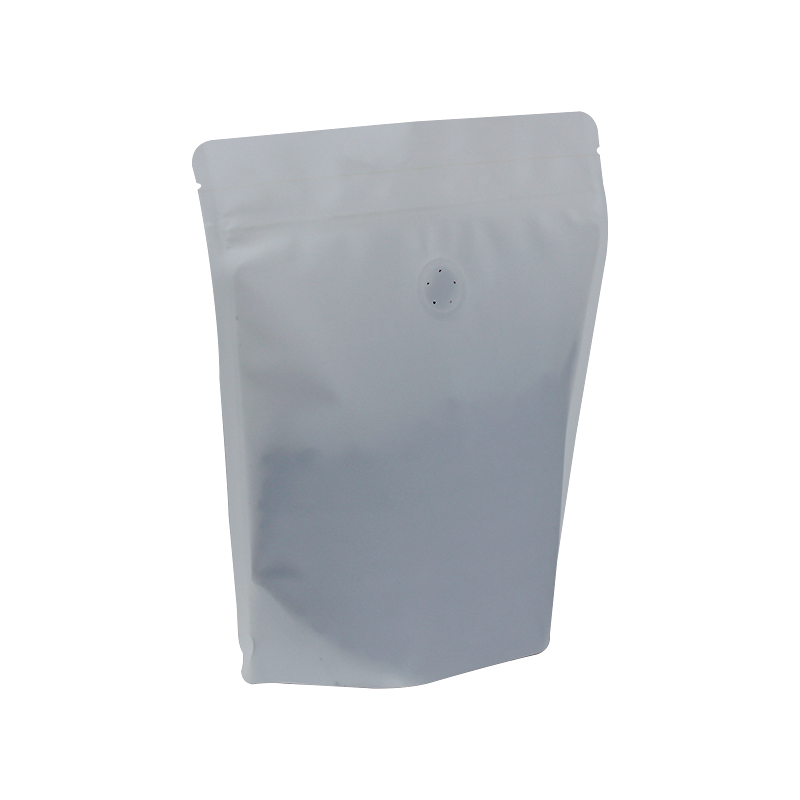- Afrikaans
- Albanian
- Amharic
- Arabic
- Armenian
- Azerbaijani
- Basque
- Belarusian
- Bengali
- Bosnian
- Bulgarian
- Catalan
- Cebuano
- chinese_simplified
- chinese_traditional
- Corsican
- Croatian
- Czech
- Danish
- Dutch
- English
- Esperanto
- Estonian
- Finnish
- French
- Frisian
- Galician
- Georgian
- German
- Greek
- Gujarati
- haitian_creole
- hausa
- hawaiian
- Hebrew
- Hindi
- Miao
- Hungarian
- Icelandic
- igbo
- Indonesian
- irish
- Italian
- Japanese
- Javanese
- Kannada
- kazakh
- Khmer
- Rwandese
- Korean
- Kurdish
- Kyrgyz
- Lao
- Latin
- Latvian
- Lithuanian
- Luxembourgish
- Macedonian
- Malgashi
- Malay
- Malayalam
- Maltese
- Maori
- Marathi
- Mongolian
- Myanmar
- Nepali
- Norwegian
- Norwegian
- Occitan
- Pashto
- Persian
- Polish
- Portuguese
- Punjabi
- Romanian
- Russian
- Samoan
- scottish-gaelic
- Serbian
- Sesotho
- Shona
- Sindhi
- Sinhala
- Slovak
- Slovenian
- Somali
- Spanish
- Sundanese
- Swahili
- Swedish
- Tagalog
- Tajik
- Tamil
- Tatar
- Telugu
- Thai
- Turkish
- Turkmen
- Ukrainian
- Urdu
- Uighur
- Uzbek
- Vietnamese
- Welsh
- Bantu
- Yiddish
- Yoruba
- Zulu
Understanding the Conversion from 80lb Paper Weight to GSM Measurement
Understanding the Conversion of 80 lb to GSM A Detailed Guide
When it comes to paper measurement, two common units are pounds (lb) and grams per square meter (GSM). Understanding how to convert between these two units is essential for professionals in various fields such as printing, publishing, and office supplies. In this article, we will explore the conversion of 80 lb paper to GSM, explain the significance of these measurements, and provide insight into their applications.
What is lb and GSM?
Before diving into the conversion, it’s essential to understand what each unit represents.
- Pound (lb) This unit measures the weight of a ream (500 sheets) of paper in the United States and is commonly used for defining the thickness and sturdiness of paper types. For instance, an 80 lb paper represents the weight of a ream of that specific paper type. - Grams per Square Meter (GSM) Unlike lb, which measures the weight of a ream, GSM assesses the weight of the paper per square meter, providing a straightforward understanding of paper density and thickness. It’s a metric unit widely used in many parts of the world.
Converting 80 lb to GSM
The conversion between lb and GSM can be somewhat complex due to the different ways paper types are weighed. However, a general rule of thumb is that
- For text or bond paper, which typically varies in thickness, the conversion factor is approximately 1 lb = 1.48 GSM.
Using this conversion factor, we can calculate the GSM equivalent of 80 lb paper
1. Formula 80 lb x 1.48 = GSM 2. Calculation 80 x 1.48 = 118.4 GSM
Thus, 80 lb paper is approximately equivalent to 118.4 GSM.
80lb to gsm

Types of Paper and Their Uses
The type of paper significantly affects its application, and the weight (lb or GSM) plays a crucial role in this selection process. Here are some common types of paper and their typical uses
1. Text Paper Often used for books, reports, and high-quality presentations. An 80 lb text paper offers substantial thickness, making it suitable for professional documents.
2. Cover Paper Heavier weights are typically used for cover stock, and for an 80 lb cover paper, it is denser with a GSM rating of around 216. This paper is widely utilized for business cards, brochures, and covers for reports or notebooks.
3. Photo Paper Heavier coated papers for photographic prints also vary in GSM, providing a bright finish and a sturdy feel for preserving quality images.
4. Cardstock Often considered for craft work and greeting cards, cardstock typically comes in higher weights, offering durability and a premium feel.
Importance in Various Industries
Understanding paper weight and GSM conversion is critical in numerous industries. For graphic designers, knowing the exact specifications helps in choosing the right stock for printing projects. For educators, it aids in selecting appropriate materials for classroom resources. Additionally, businesses can optimize their print marketing materials by selecting paper that conveys the desired message through weight and texture.
Conclusion
In conclusion, converting 80 lb paper to GSM is an important skill for anyone involved in the paper industry or related fields. With 80 lb paper equating to approximately 118.4 GSM, it’s clear that understanding these measurements can help professionals make informed decisions about their print materials. Whether for prints, business cards, or reports, knowing the particulars of paper weight and density enhances the quality and effectiveness of printed products. As we continue to use paper in various applications, mastering these conversions will ensure that the chosen paper meets both functional and aesthetic needs.













